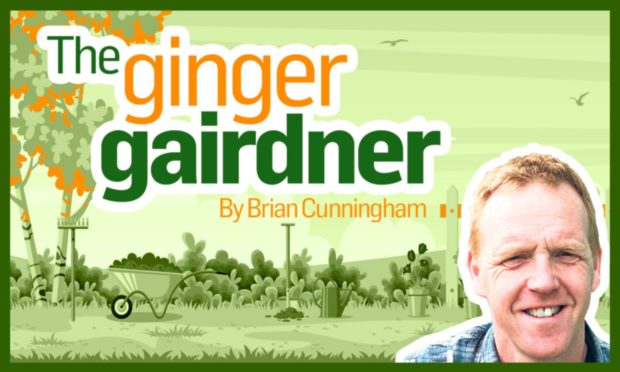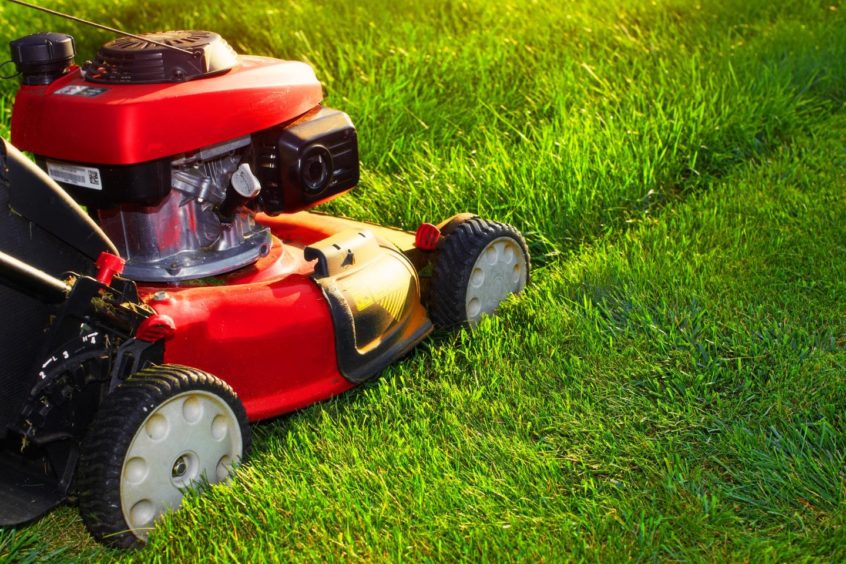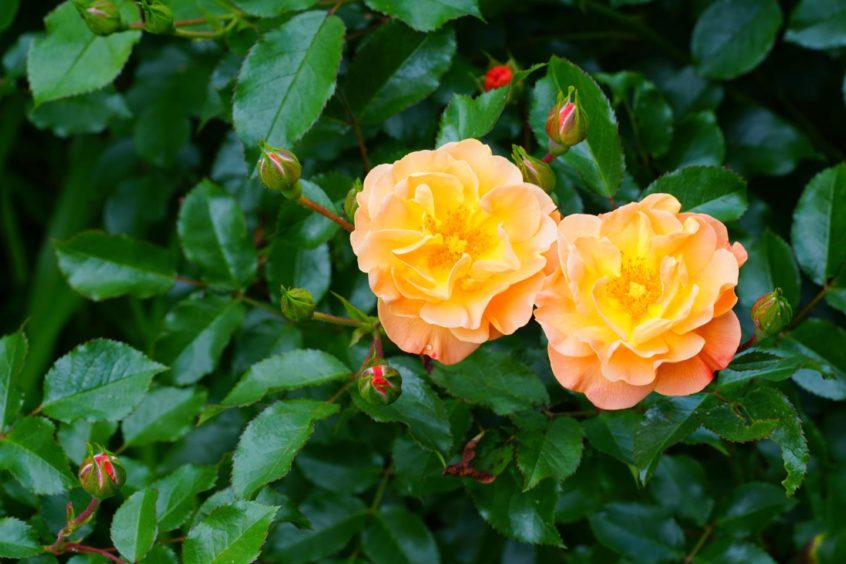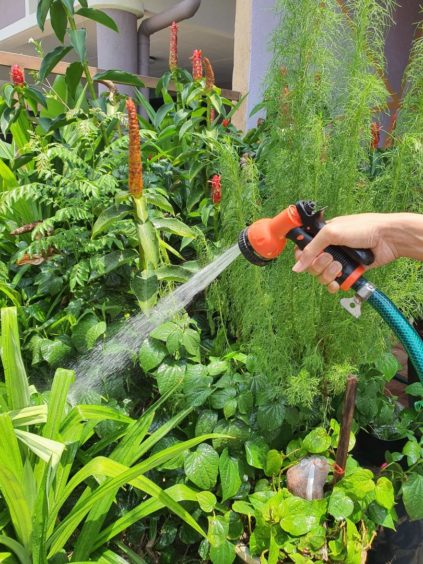Congratulations, you’ve done it, you’ve reached the beginning of June where all the hard work that started way back in the beginning of January- preparing veg plots, making new beds, sowing and growing seeds, planting up baskets, tubs and displays of summer bedding – has all come together.
It can all get a bit manic during May when you’re trying to keep on top of everything and making decisions on the right time to move plants out of the warm glasshouse and into the frames, but pat yourselves on the back now – or indeed treat yourself to something stronger. Either way, well done. You’ve survived!
We’re moving on to a different kind of work and a different kind of pressure now that everything is in place for the season as we maintain and tweak to perfection that picture in our mind of how we want each corner of our gardens to look.
Over the summer we’ll see good plants come and go and, as like they do, die on us, usually with no obvious reason.
At this time with garden centres and nurseries so full of beautiful, younger and healthier plants, we’ll seize this unplanned opportunity to replace them, freshening up our borders.
This can get us thinking about other potential jobs, maybe some plantings are looking congested and needing lifting and splitting, or a shrub is starting to outgrow its space and, if it’s hard-pruned, will let in more light to an area or increase planting space.
These are jobs needing done at other times of the year but if you are like me you’ll soon forget them, so I find it’s great to keep a note of them.Just make sure you remember where you left that note!
Other than that we’re mostly into maintenance mode now, dead heading the blooms on our roses and sweet peas to keep them flowering, regular mowing of the lawns to keep them in shape and, for glasshouse and container gardeners, lots of watering.
Watering is one of those tasks that keeps even the most experienced of gardeners on their toes.
When I was an apprentice I thought I had it sussed how to judge when a plant was needing watered – the colour of the compost being a lighter colour, more firm and dry to the touch, and when lifted, the weight of the plant much lighter than if it was fully replenished.
However, over the years I’ve come to learn that every brand of compost is different and although with one brand the surface of the compost may look dry, yet with another, once you investigate with a little scrape and see it darker underneath, you realise the plant doesn’t need a drink at all.
Getting watering right is so important, with under or over-watering the outcome is the same resulting in unhealthy plants not growing properly, visual symptoms being drooping and wilting foliage.
The key is finding that sweet spot in giving plants enough of a drink to keep them satisfied, yet not saturating them, allowing then to dry out enough and topping up again before the plant has reached that wilting stage.
We want to find the balance keeping the plant roots satisfied and wanting to search for moisture, not rotting away in a stinking swamp of a pot.
It’s more complicated than you think
There are times of years and certain days when that is clearer than others. During autumn and winter when plants are slowing down and in their winter rest they’ll need very little water, in most cases only enough to keep the pot just moist.
Exceptions will be if you are growing in a heated glasshouse or conservatory.
From March it’s time to be on high alert again as plants kick back into growth, lots of work going on unseen in the soil and compost, which can be difficult for us as if we are not seeing any growth as we tend to think the plant is still resting.
A sunny day is straightforward to predict but a sunny and windy day can really catch you out when both forces together dry out potted plants and new plantings in the ground very quickly.
The best time for watering
Every plant is different, not all need a drink every day, but during these spells it’s pretty to safe to say you won’t go wrong if you gave them all a drink.
The best time for watering is either at the beginning or at the end of the day, plants being more able to take up more moisture when it’s cooler compared to when it is warmer – but that doesn’t mean you shouldn’t give a plant a drink if needed no matter what time of day especially if you see a plant suffering.
To help a really dry plant recover it’s a good idea to carefully hold the pot in a tub of water, you’ll then see lots of bubbles rising to the surface as the water being absorbed by the compost pushes out air bubbles.
Ach there’s so much to cover here, I only feel I’ve scratched the surface! Keep at it though, the best way to learn is hands on.













